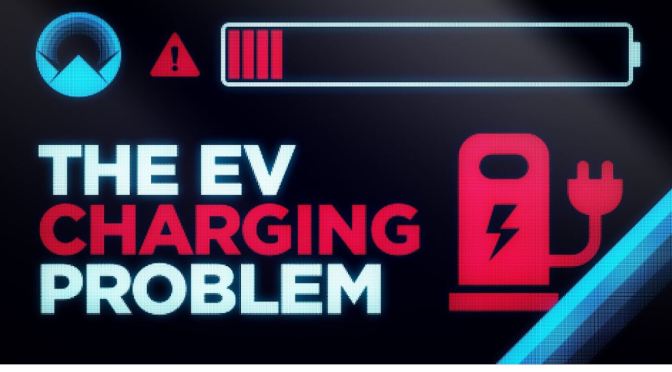A Tesla Supercharger is a 480-volt direct currentfast-charging technology built by American vehicle manufacturer Tesla, Inc. for their all-electric cars. The Supercharger network was introduced on September 24, 2012 with six Supercharger stations.[1] As of December 31, 2020, Tesla operates over 23,277 Superchargers in over 2,564 stations worldwide[2] (an average of 9 chargers per station). There are 1,101 stations in North America, 592 in Europe, and 498 in the Asia/Pacific region.[3] Supercharger stalls have a connector to supply electrical power at maximums of 72 kW, 150 kW or 250 kW.[4]
The original V1 and V2 Tesla supercharging stations charge with up to 150 kW of power distributed between two cars with a maximum of 150[21][22] kW per car, depending on the version.[23][14][24] They take about 20 minutes to charge to 50%, 40 minutes to charge to 80%, and 75 minutes to 100% on the original 85 kWh Model S. The charging stations provide high-power direct-current (DC) charging power directly to the battery, bypassing the internal charging power supply.[25]
In September 2017, Tesla announced the availability of urban Superchargers. The urban Superchargers are more compact than the standard Supercharger stalls, and will be primarily deployed in urban areas such as mall parking lots and garages. Compared to the standard Superchargers, urban Superchargers have a maximum power delivery of 72 kW. Instead of 150 kW distributed between two vehicles at a Supercharger A/B stall pair, each Urban Supercharger stall provides dedicated 72 kW capacity.[26]
A few of the Tesla supercharging stations use solar panels to offset energy use and provide shade.[27] Tesla plans to install additional solar power generation at Superchargers.

